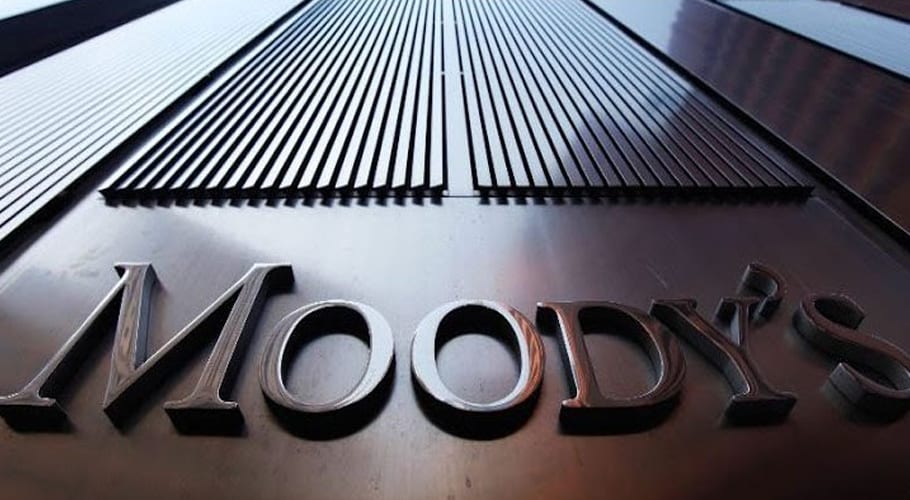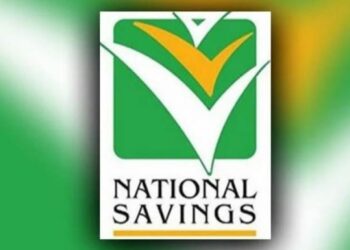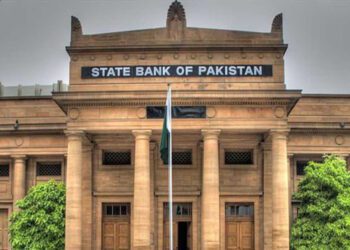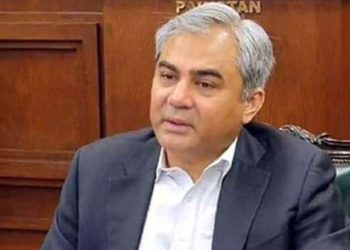ISLAMABAD: Moody’s Investor Service has forecast that Pakistan’s economy will grow at a modest rate of 1.5 percent during the current fiscal year which will accelerate to 4.4% in the next fiscal year.
“Economic activity will remain below pre-outbreak levels, although the economy should return to modest 1.5 percent growth in fiscal year 2021,” Moody’s said in its latest outlook for the Pakistani banking sector.
This is generally in line with 1.5-2.5 percent growth forecast for Pakistan GDP by the State Bank compared to World Bank’s 0.5 percent GDP growth rate for the current fiscal year.
It noted that economic activities had returned to the growth trajectory despite successive waves of COVID-19 in Pakistan. Economic activities have rebounded compared to the downturn after the emergence of the virus in February last year in the country It noted that economic activity would remain below pre-COVID levels for some time and vulnerable to successive waves of coronavirus infection.
It said the proactive policy responses will support Pakistan’s economy, which has low reliance on exports and limited trade and supply chain linkages. The long-term growth for the Pakistani banking system remains robust given supply-side enhancements due to increased power generation, improvements in national security and investment in transport and logistics.
The stable outlook reflected banks’ solid funding and liquidity, although a challenging but improving operating environment will weigh on asset quality and profitability.
The agency expects slow economic recovery to affect loan quality, with nonperforming loans (NPLs) expected to rise over the coming months from a sector-wide level of 9.9pc of gross loans in September 2020.
The slow economic recovery will hurt government finances, while successive waves of coronavirus infection weigh on consumer spending and business confidence, all of which will affect the banking sector.
“We project a government deficit of 8% (compared to the government target of 7% of GDP) for 2021, with rising arrears and circular debt in the energy sector also affecting corporates’ repayment capabilities. Wide fiscal deficits, which will – to a large extent – be financed by local banks, may also take precedence over lending to the private sector. Lower consumer spending and business confidence will suppress lending growth and business opportunities.”
“The government and central bank policy responses and structural reforms will soften the pandemic’s impact but not fully offset it. In this environment, we expect private sector lending to grow modestly, by 5-7%, over the calendar year.”
The government’s economic measures in the wake of COVID-19 included a fiscal stimulus package of 2.8% of GDP or Rs1.2 trillion to support households (including daily-wage earners) and businesses including SMEs, agriculture, housing and construction sectors.
The central bank also took measures to support the economy including aggressively slashing the benchmark interest rate by 625 basis points during March-June 2020 to 7%, offering concessionary financing to new and existing businesses, offering cheaper loans to businesses to pay salaries to their staff, subsidised loans for housing and construction, deferring and rescheduling loans for corporates and individuals for one year.

































